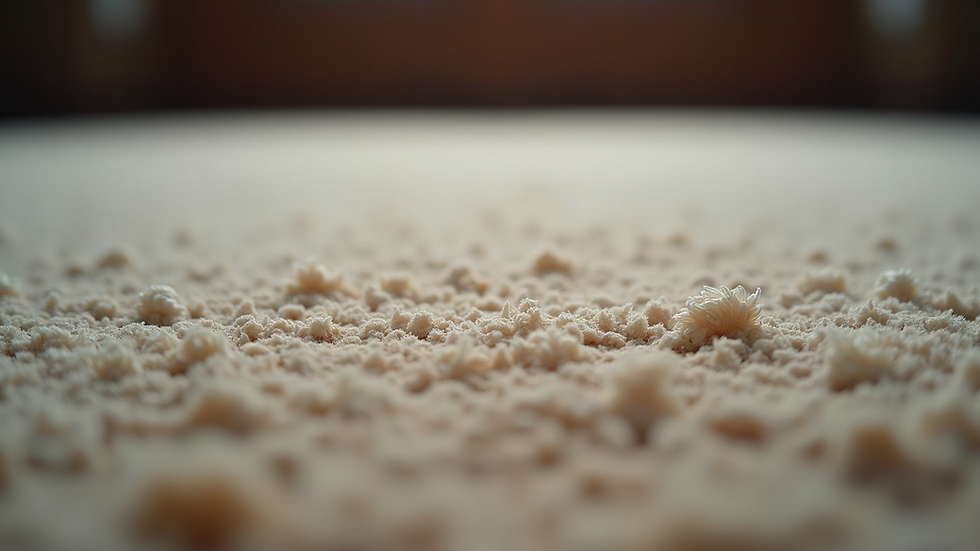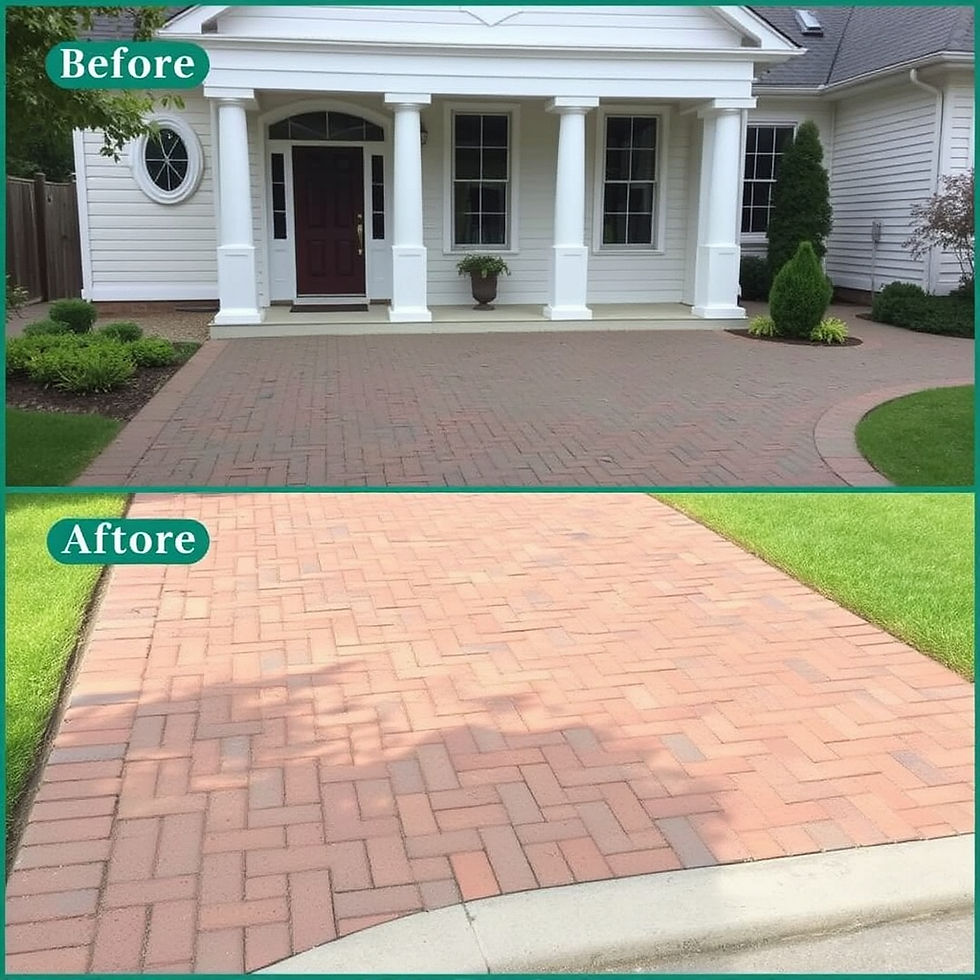How Often Should You Consider Replacing Your Carpet
- Staff Desk
- Oct 6
- 4 min read

When it comes to home decor, few elements have as significant an impact as your flooring. Among the various flooring options available, carpet remains a popular choice for its warmth, comfort, and aesthetic appeal. However, like everything, carpets wear out, and knowing when to replace them can be challenging. In this blog post, we will explore how often you should consider replacing your carpet, the signs that indicate it’s time for a change, and useful tips for maintaining your carpet to extend its life.
Understanding Carpet Lifespan
Carpets are typically made from materials like nylon, polyester, wool, and olefin, each with its own durability and lifespan. On average, carpets can last anywhere from 5 to 15 years. For instance, high-quality nylon carpets can survive up to 15 years, while lower-quality polyester options might need replacement after just 5 to 7 years. Areas with high foot traffic, such as living rooms and hallways, will wear out faster compared to less-used spaces like guest rooms or home offices.
Signs It’s Time to Replace Your Carpet

While the average lifespan of a carpet serves as a guideline, several signs clearly indicate it’s time for a replacement. Here are key indicators to watch for:
1. Visible Wear and Tear
One of the most obvious signs that your carpet needs replacing is visible wear. Look for frayed edges, bald patches, or discoloration. For example, if your carpet has a noticeable path worn in the living room, it likely needs replacement.
2. Persistent Odors
Carpets can absorb unpleasant odors over time, particularly if subjected to spills, pets, or smoke. If you notice a lingering smell despite your cleaning efforts, it may indicate that the carpet is harboring bacteria or mold, potentially affecting your health.
3. Allergies and Health Issues
If you or your family experience increased allergy symptoms, it could be due to dust, pet dander, or mold trapped in your carpet. A fresh carpet can improve indoor air quality. In fact, studies show that replacing old carpets can reduce allergy symptoms in up to 40% of households.
4. Stains That Won’t Come Out
Some stains are stubborn and resist cleaning. If your carpet has multiple stains that detract from its appearance, you might find it more cost-effective to replace the carpet rather than attempting countless cleanings.
5. Carpet Padding Deterioration
The padding under your carpet is crucial for comfort and longevity. If the padding is worn out or compressed, it can affect the carpet's feel and lead to early wear. If the padding is damaged, replacing the carpet is usually the next step.
Factors Influencing Carpet Replacement Frequency

Several factors influence how often you should consider replacing your carpet. Understanding these can help you make an informed decision:
1. Foot Traffic
The more foot traffic your carpet endures, the shorter its lifespan. High-traffic areas, like living rooms or hallways, require carpet that can withstand wear. For families with kids and pets, consider carpets specifically designed to resist stains and wear. On average, families with active lifestyles may replace their carpets every 5 to 7 years.
2. Quality of the Carpet
The quality of the carpet material greatly affects durability. Higher-end carpets made from durable fibers, like nylon or wool, typically last longer than cheaper alternatives. Investing in quality can provide long-term savings by reducing the need for frequent replacements.
3. Maintenance and Care
Proper maintenance can significantly extend your carpet's life. Regular vacuuming, prompt attention to spills, and professional cleanings every 12 to 18 months can keep your carpet looking new. Research indicates that regular care can increase a carpet’s lifespan by as much as 30%.
4. Environmental Factors
Humidity and temperature can also impact your carpet's lifespan. In regions with high humidity, carpets may be more prone to mold and mildew, leading to a shorter lifespan. Be aware of your local climate when assessing the condition of your carpets.
Tips for Extending Carpet Life
To get the most out of your carpet before considering a replacement, follow these practical tips to help extend its life:
1. Regular Vacuuming
Vacuum your carpet at least once a week to remove dirt, dust, and allergens that can wear down fibers. For high-traffic areas, consider vacuuming multiple times a week.
2. Promptly Address Spills
When spills happen, act quickly. Blot spills with a clean cloth and use appropriate cleaning solutions to prevent stains from setting in. For example, using baking soda or vinegar can help neutralize odors and stains effectively.
3. Professional Cleaning
Schedule professional carpet cleaning every 12 to 18 months to remove deep-seated dirt and allergens. This can enhance both appearance and longevity, making it a worthwhile investment.
4. Use Area Rugs
In high-traffic areas, using area rugs can protect your carpet. Placing rugs at entrance points can significantly reduce wear and make cleaning easier.
5. Rotate Furniture
Consider rotating your furniture occasionally to prevent uneven wear on your carpet. This simple step can help maintain its appearance and prolong its life.
Timing the Replacement Decision
Deciding when to replace your carpet can be challenging. While the average lifespan provides a guideline, it’s essential to evaluate the specific conditions of your home. If you notice any indicators mentioned earlier, it may be time to start shopping for a new carpet. Moreover, if your carpet is nearing the end of its expected lifespan, planning for its replacement before it becomes urgent is wise.
Wrapping It Up
In summary, deciding how often to replace your carpet depends on several factors, including carpet quality, foot traffic, and maintenance. With an average lifespan of 5 to 15 years, signs of wear and tear, persistent odors, and health concerns indicate it may be time for a change. By understanding what influences carpet longevity and following maintenance tips, you can extend the life of your carpet and keep your home fresh and inviting. When the moment comes for a replacement, invest in a carpet that suits your style and fits your needs, ensuring your home remains a comfortable and beautiful space for years.



Comments